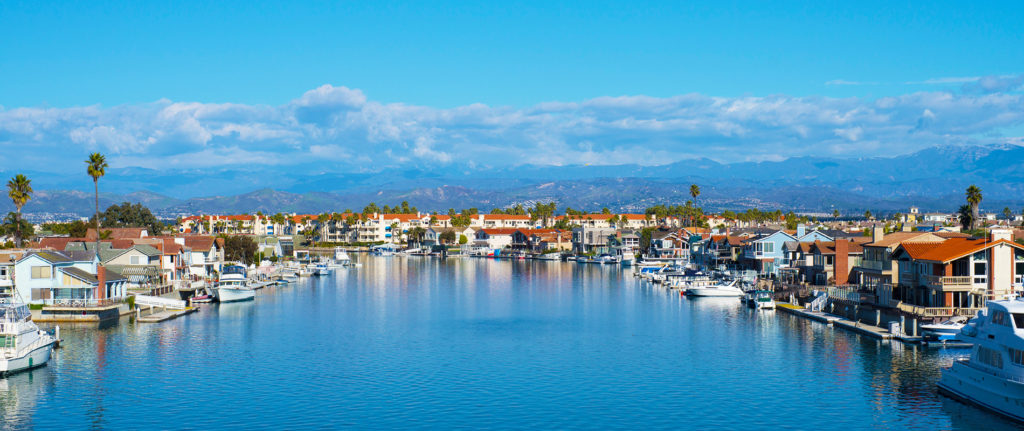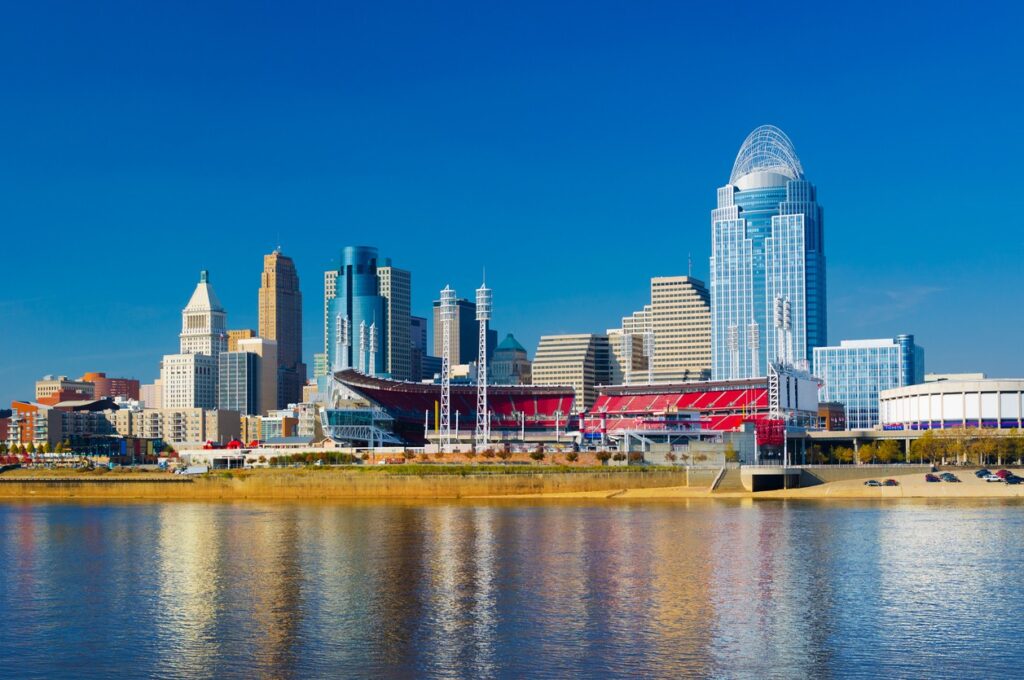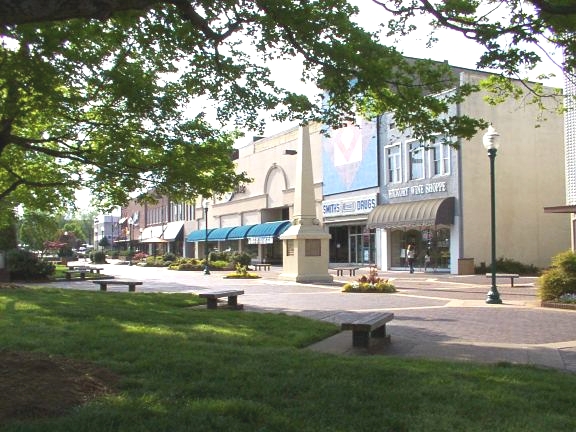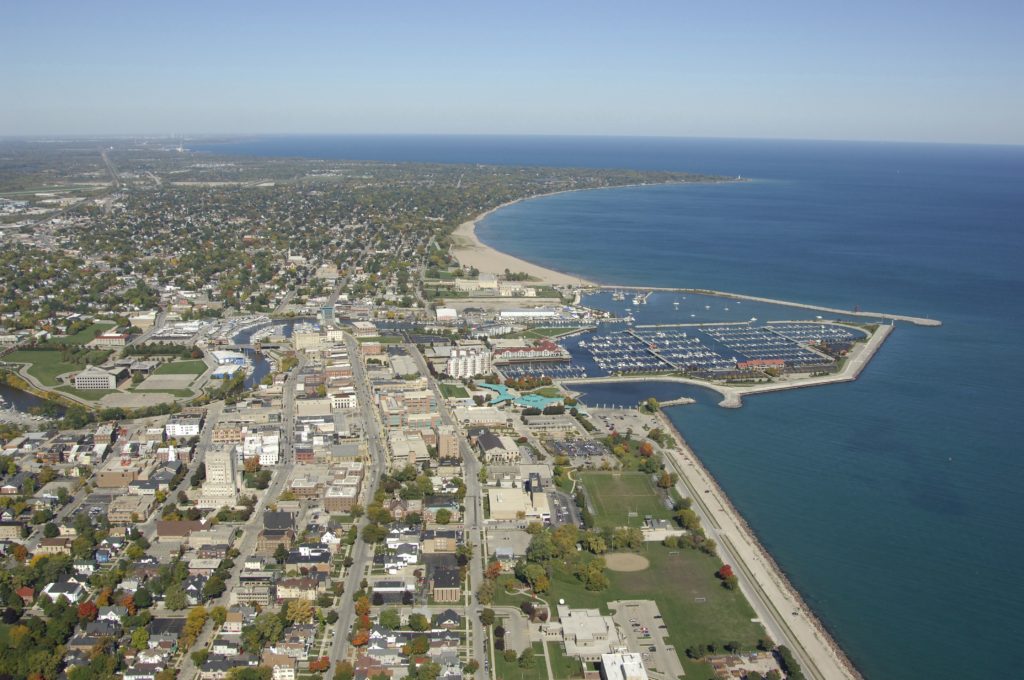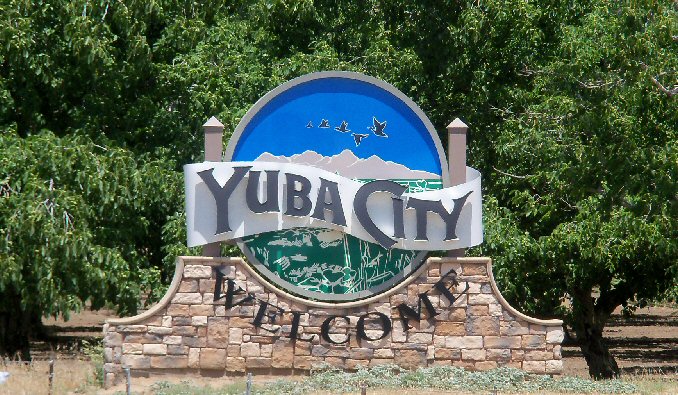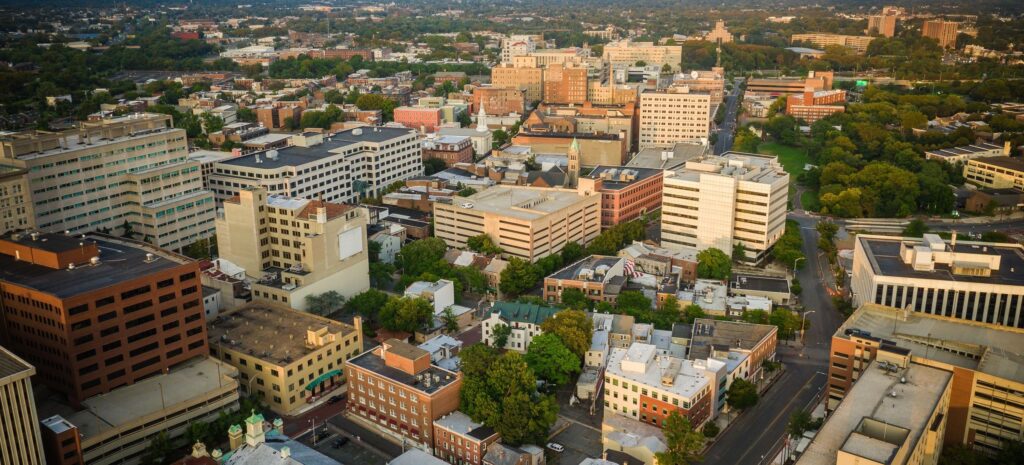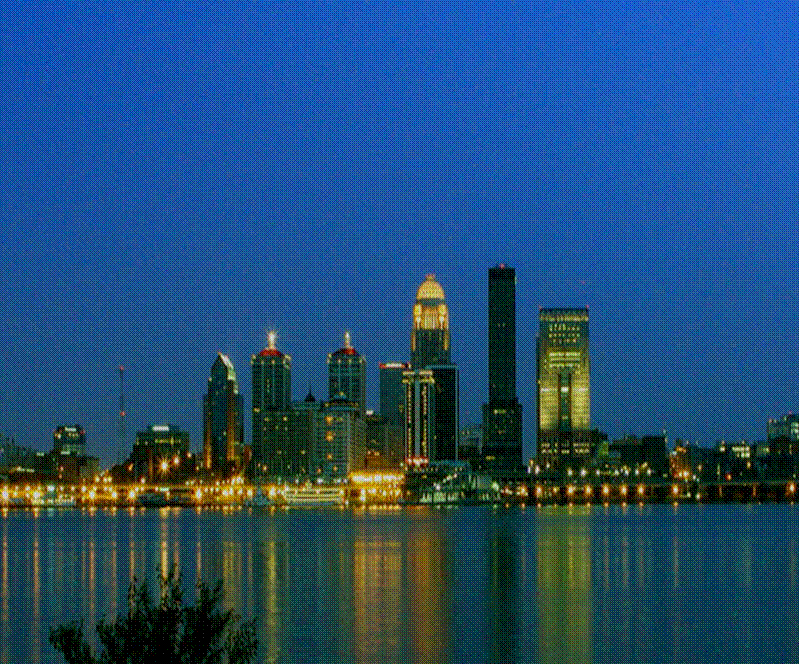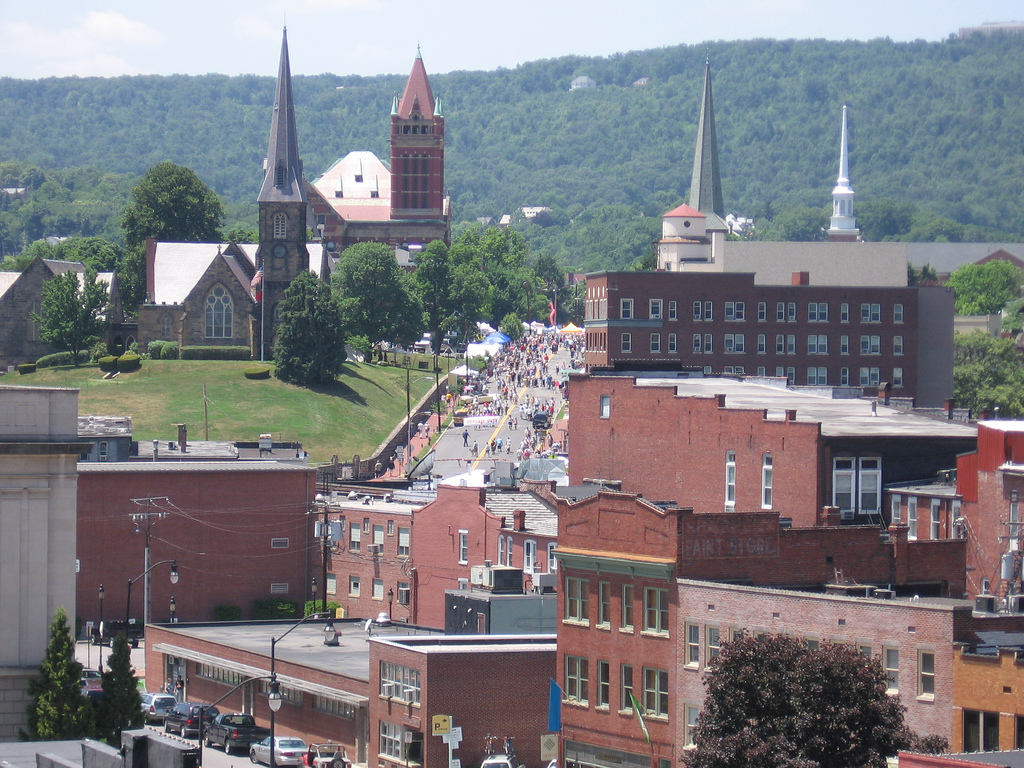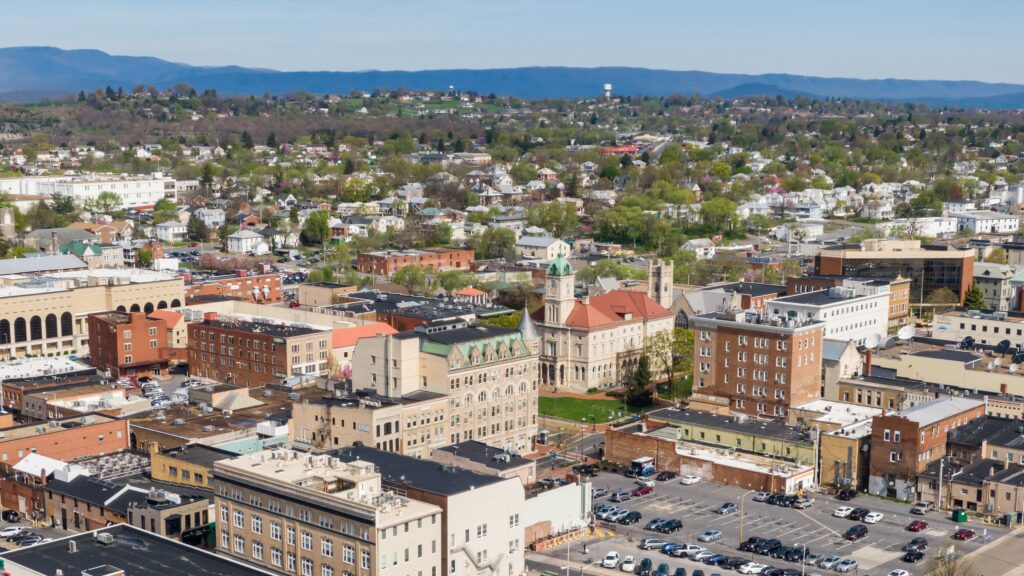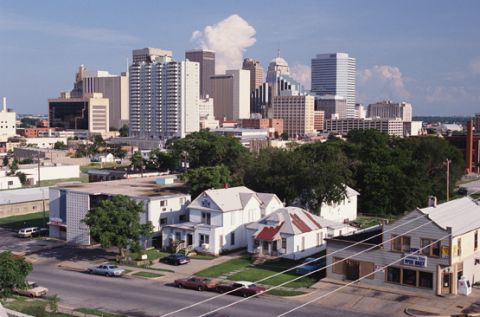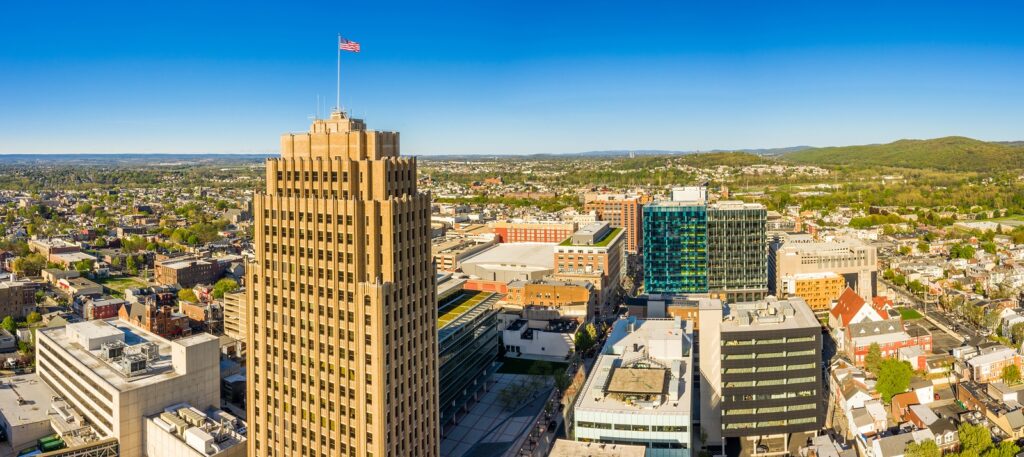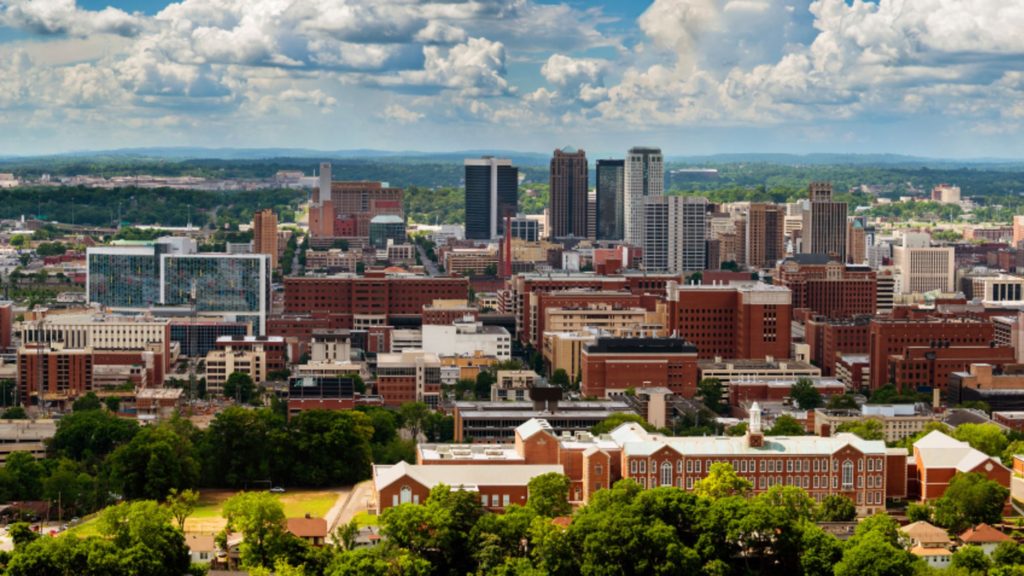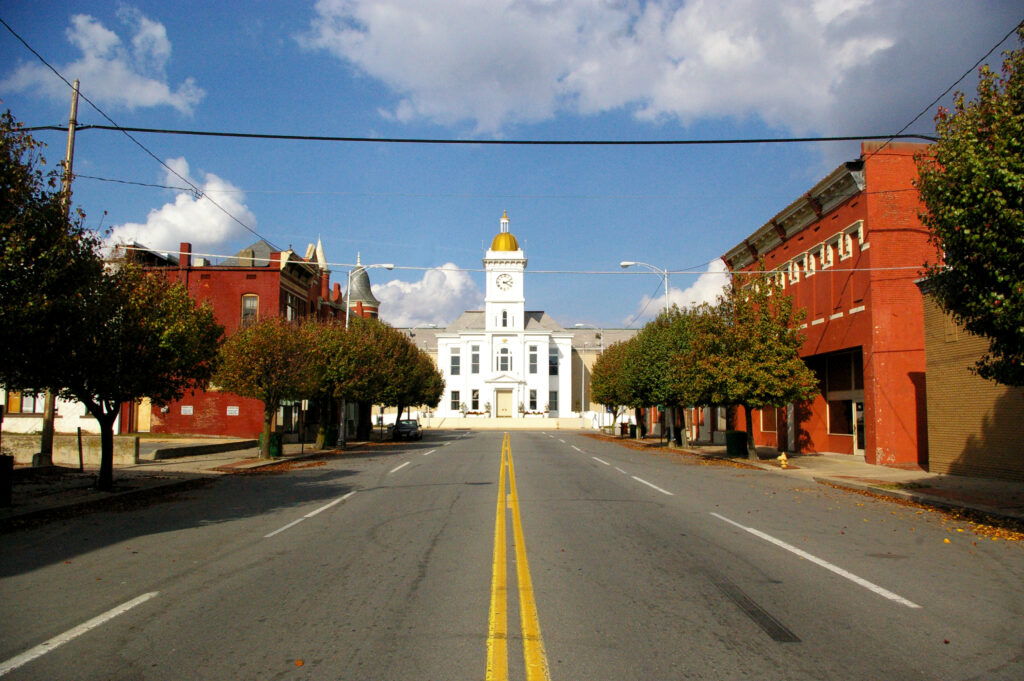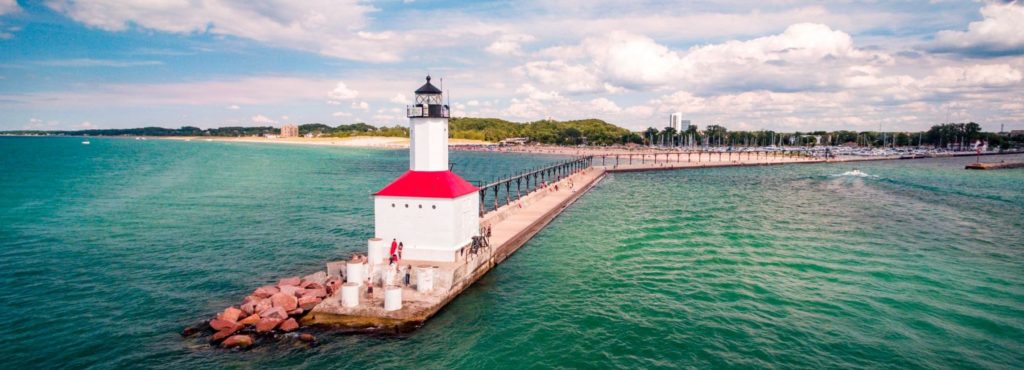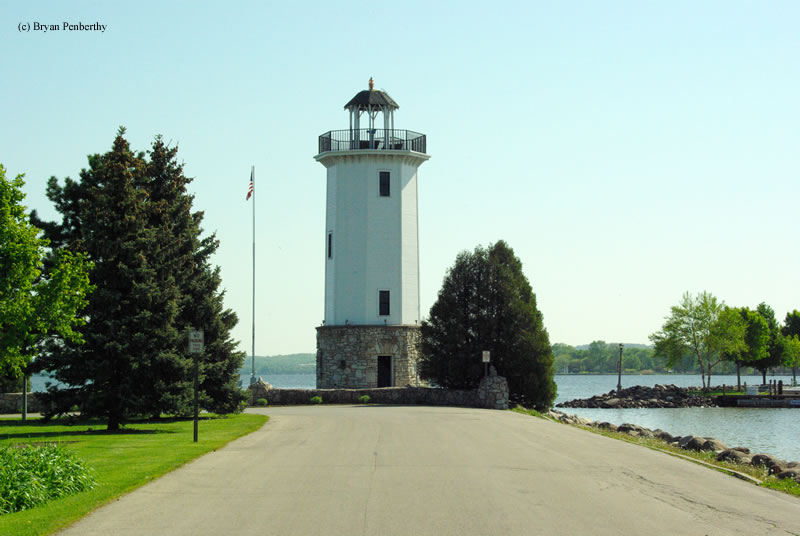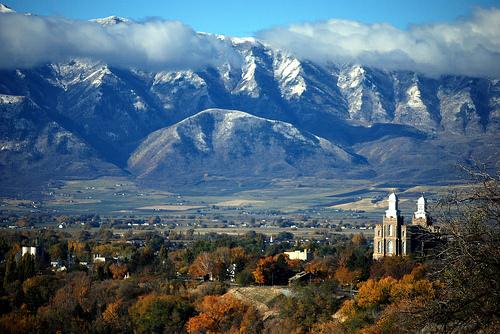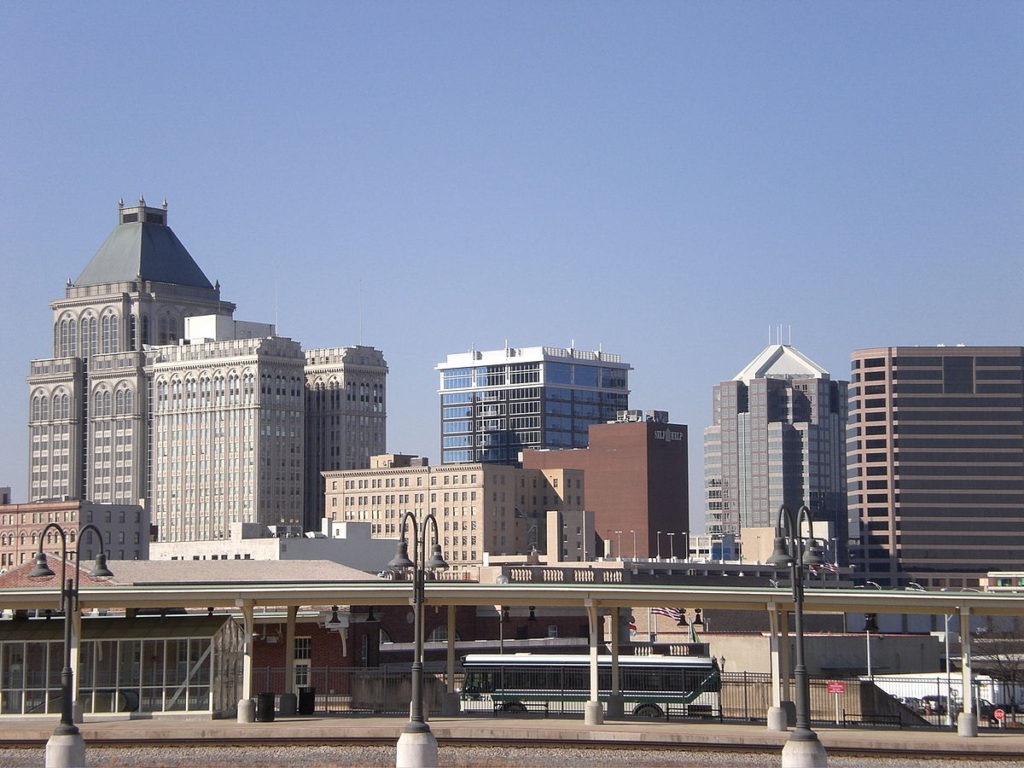Let’s hit the road for a 4 day trip to the West Coast. We are enjoying a stretch of quiet weather throughout most of the country, so let’s see if that holds for our 2,298 mile journey. We’ll have a pace of 67.6mph, which means the first three days will have a goal of 541 miles, with a longer day coming for Saturday.
DAY ONE (Wednesday)
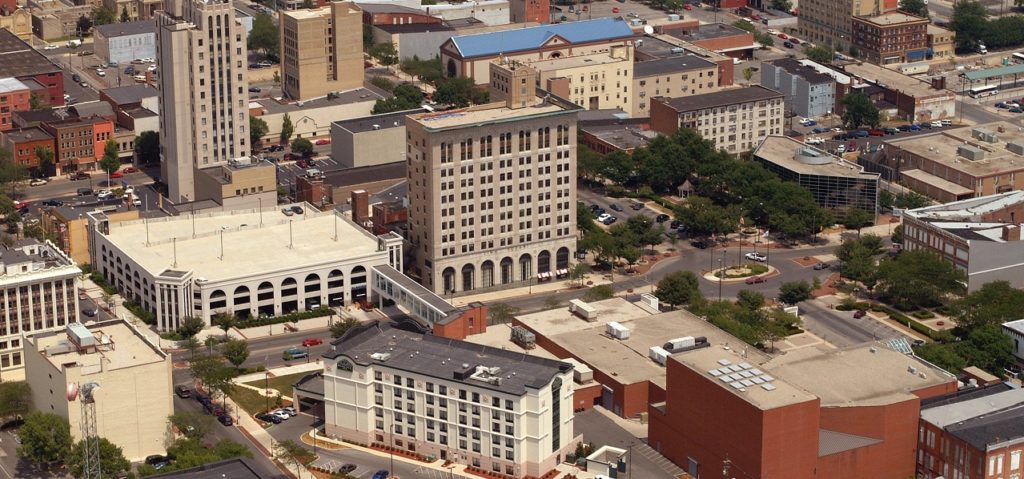
Low pressure is churning in the northern Gulf of Mexico, bringing much needed rain to the Coast, and importantly, preventing much moisture from building into the middle of the country. Our first day of driving will be pretty easy, frankly, and we will see 4 states by the end of it. The stop for the night will be near Devil’s Elbow, Missouri, the site of the last part of the original Route 66 that was in use before being replaced by Interstate.
DAY TWO (Thursday)
Low pressure isn’t entirely the property of the Gulf. The Polar Jet is running along the Canadian border, and is going to kick up a Clipper that will charge through the Canadian Prairies. By Thursday, a cold front will slice through the Plains, and we will cross paths with it as we reach the end of our day in Amarillo. That said, don’t be surprised to see winds really pick up around Oklahoma City and continue through the day.
DAY THREE (Friday)
The wind will subside, and temperatures will be a bit chillier than when we awoke the morning before, even though we are a bit further south. The drive will be pretty easy, albeit barren of many chances to stop for gas. We’ll traverse New Mexico and eventually land in the Chevalon Creek Wildlife Area, not far from Winslow, and quite the beautiful spot.
DAY FOUR (Saturday)
I would say that 3/4ths of the drive on Saturday will be free of issues, but we are approaching the rainy season in California, and it is trying to start on time. An area of low pressure is moving near the coast by the weekend, and after we cross the Cajon Pass to Pasadena, we will be under the threat for some light showers. Our route will hug the San Gabriel and Topatopa Mountains, which will only make rain likelier, which isn’t great news, because Californians aren’t the best at driving in inclement conditions. We’ll make it, though, and prepare for things to green up with this taste of rain.
